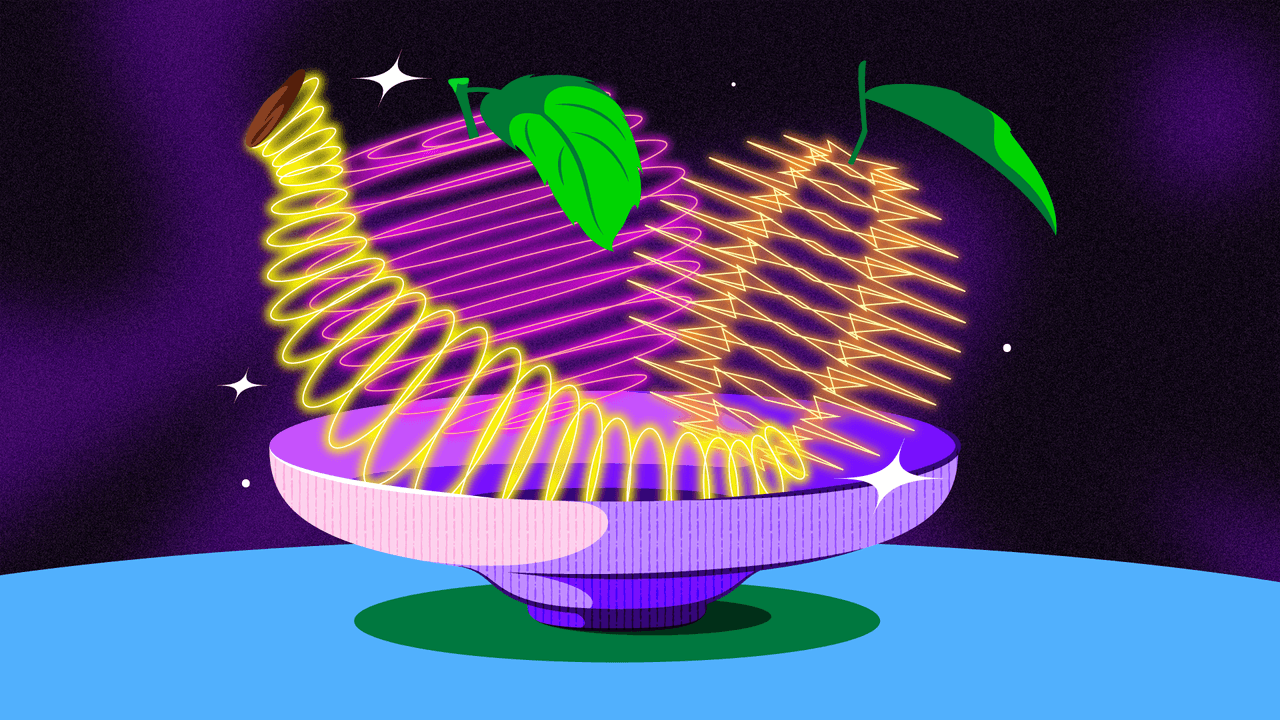
Recent research has unveiled that artificial intelligence (AI) can “taste” colors and shapes, mimicking a phenomenon that has long been a subject of fascination in the fields of psychology and marketing. This blog post explores the implications of this development, the science behind it, and what it means for our understanding of both AI and human sensory experiences.
The Science of Sensory Perception
The concept of tasting colors and shapes may sound absurd at first, but it is rooted in a well-documented phenomenon known as cross-modal perception. This is the brain’s ability to blend sensory experiences, allowing us to associate specific colors, shapes, or sounds with distinct flavors. For instance, research has shown that the color of a wine glass can influence how sweet or bitter we perceive the wine to be. Carlos Velasco from the BI Norwegian Business School explains that this interplay between senses occurs almost continuously in our daily lives.
In extreme cases, some individuals experience synaesthesia, where stimulation of one sensory pathway leads to automatic experiences in another. For example, certain sounds might evoke specific tastes or colors. This blending of senses is not only fascinating but also provides insights into how we perceive the world around us.
AI’s Exploration of Sensory Associations
Recent studies have demonstrated that generative AI systems can replicate this sensory blending. Researchers at institutions like Tsinghua University and Waseda University have conducted experiments showing that when asked to associate colors with flavors, AI models reflect patterns similar to those observed in human participants.
For instance, participants reported that pink packaging made bitter chocolate taste sweeter, highlighting how visual cues can alter taste perceptions.
To investigate this further, researchers tasked AI models like ChatGPT with responding to prompts about sensory associations. The results indicated that these models could identify common perceptions among humans regarding which colors correspond with specific tastes. For example, pink was often linked to sweetness due to its association with sugary items like cotton candy.
Implications for Marketing and Product Development
The ability for AI to “taste” colors and shapes opens up exciting possibilities for industries such as food and beverage marketing. Understanding these sensory associations can help companies design products and packaging that resonate more deeply with consumers’ subconscious preferences. For example, using colors that evoke sweetness could enhance the appeal of certain products on store shelves.
Kelly Newsome from ADM notes that as technology reshapes our understanding of humanity, marketers can leverage these insights to create unique sensorial experiences that connect emotionally with consumers.
The 2025 Flavor and Color Trends Report highlights how these associations will influence flavor innovations moving forward.
Using prompts like, “Which color best corresponds to a sweet taste?” and “What shape do you associate with sour flavors?” researchers found that AI mirrored human responses.
Pink was linked with sweetness, green with sourness, and black with bitterness. AI even connected round shapes to sweetness and sharp shapes to bitterness, just like humans often do.
What’s fascinating is that these AI outputs aren’t just random. They reflect patterns in the data AI models are trained on data steeped in human preferences, cultural cues, and centuries of sensory associations.
The Future of AI and Sensory Perception
As researchers continue to explore the capabilities of AI in understanding human perceptions, they aim to uncover new cross-modal correspondences that could inform product design and marketing strategies.
Charles Spence from the University of Oxford emphasizes that while AI can identify patterns based on existing knowledge, it lacks the nuanced understanding provided by human cognition.
Therefore, integrating AI insights with human creativity will be crucial for developing products that truly resonate with consumers.
Conclusion
The revelation that AI can “taste” colors and shapes challenges our traditional understanding of both artificial intelligence and sensory perception. It highlights the complex ways in which our brains process information and suggests that even machines can participate in this intricate dance of senses.
As we move forward into an era where technology increasingly intersects with human experience, the potential applications for this research are vast—ranging from enhanced marketing strategies to deeper insights into how we perceive our world.
In a future where both humans and AI navigate a landscape rich with sensory associations, we may find new ways to connect with each other—and perhaps even discover flavors we’ve never tasted before.







